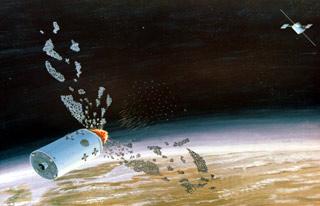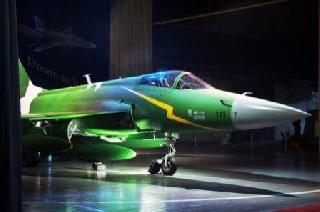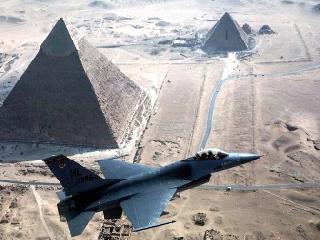
By Suman Chowdhury
On 11 January, 2007, China military tested its anti-satellite weapon or ASAT by hitting Fengyun-1C, a derelict Chinese weather satellite. The satellite was smashed into at least 900 pieces. The experiment drew considerable international criticism. The reports were confirmed by the then National Security Council spokesman Gordon Johndroe.
For the first known time in history, a missile launched from the ground destroyed an orbiting satellite. This provocative action by China highlighted a new paradigm shift in the worldwide military strategy.
In 2008, the United States similarly destroyed its malfunctioning satellite USA 193. The satellite shoot-down came at a time when many observers perceived renewed global interest in ASAT technologies.
The US government justified the missile strike as a necessary safety measure to prevent the satellite’s fuel tank, carrying 1,000 pounds of toxic hydrazine, from landing in a populated area and potentially injuring or killing bystanders. But critics were of a different point of view. Common arguments included that US were more interested in showing off its ASAT capabilities.
During the Cold War, both the United States and the Soviet Union demonstrated a capacity to destroy satellites. Many such anti satellite weapon tests involved either co-orbiting killer satellites (the Soviet approach) or an air-launched anti-satellite missile (the US approach, also considered by the Soviets but never attempted). Some tests involved shooting ground-based anti-missiles toward satellites, but those missiles never hit their mark. But till date, there have been no human casualties resulting from conflict in space, nor has any ground target been successfully neutralised from orbit.
In the present scenario, satellites are proving to be an indispensable part in military operations of any country. Most of the world's communications systems rely heavily on the presence of satellites in orbit around the Earth. It is, therefore, very probable that these very satellites may start to be targeted by adversaries who wish to degrade the force multiplier of those forces that have them. Such mixed concerns have motivated nations, who are very much dependent on these satellites, to consider deploying more space-based weaponry. The very threat of space warfare has thus given rise to space weapons.
Other than USA and China, India is also working on the same line to protect its strategic interests. During a recent press briefing it was announced by the DRDO that India was developing lasers and an exo-atmospheric kill vehicle that could be combined to produce a weapon to destroy enemy satellites in orbit. Even Russia is not behind in this race with Russia's air and space forces preparing for future threats from space with a fundamentally new weapon that can destroy potential targets in space.
 Previous Article
Previous Article Next Article
Next Article












The Indian Air Force, in its flight trials evaluation report submitted before the Defence Ministry l..
view articleAn insight into the Medium Multi-Role Combat Aircraft competition...
view articleSky enthusiasts can now spot the International Space Station (ISS) commanded by Indian-American astr..
view article